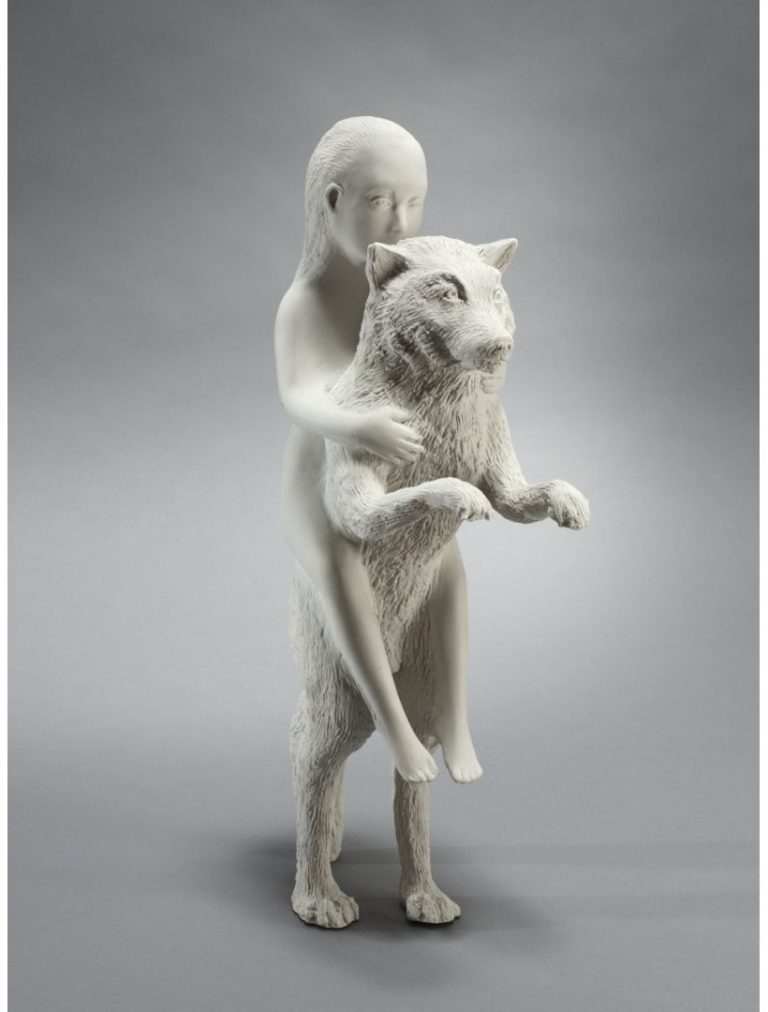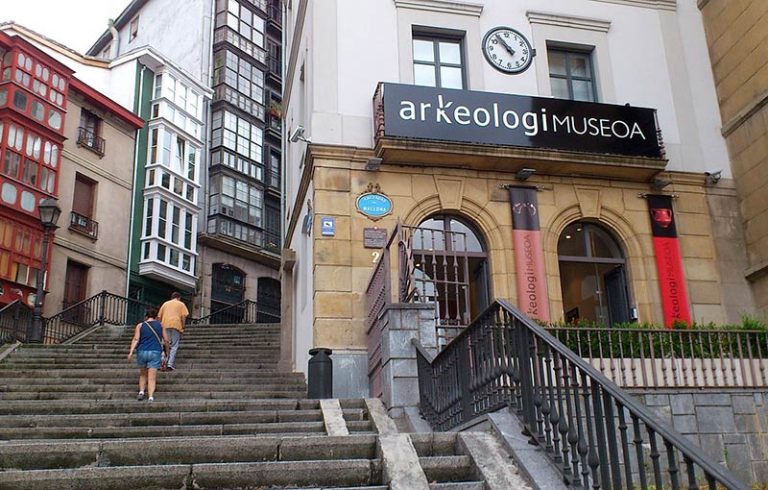Madrid,
After nearly a decade of presenting new construction projects that established different forms of relationships with the collections of the Reina Sofía Museum, this center is saying goodbye to the program Fissures. She does so with the help of the choreographer, dancer, researcher and teacher Olga de Soto, a Valencian artist who lives in Brussels and who has dedicated her career, developed largely abroad, to analyzing the history of dance and the its perception by the public, alone or in collaboration with figures such as Michèle Anne De Mey, Pierre Droulers, Boris Charmatzm and Jérôme Bel.
The work that he has brought to the MNCARS, “Reconstruction of a macabre dance”, which can be seen in Space 1 of the Sabatini Building, contains the fruits of his research into choreography The green table (1932) by the German Kurt Jooss, a piece considered essential for this discipline in the 20th century and closely related to the historical context in which it was created: conceived in the interwar period, it premiered in Paris while the rise of Nazism became evident. and takes a position in front of him; that of anti-war.
Jooss, who at the time was a dance teacher at the Essen opera house, used medieval danse macabre as a starting point for his work, and Kurt's contemporary political texts on the other. Tucholsky and Carl von Ossietzky in which both journalists and writers (the latter spent three years in a concentration camp and won the Nobel Peace Prize) warned of the consequences of the implementation of National Socialism for Germany and for democracy.
The good reception of The green tablewhich achieved significant international success, did not prevent Jooss and his company, which included Jewish professionals, from having to go into exile as a result of Hitler's anti-Semitic laws: they would move to England in 1934. In 1941 said company would dissolve, but this choreography has been performed on numerous occasions around the world and De Soto wanted to delve deeper into the impact it leaves on those who contemplate it and on the dancers who perform it: he has gathered some of the testimonies of spectators and dancers in a visual archive, lasting nearly 67 hours, in which people from six countries have participated (in four languages).
He undertook this work a decade and a half ago, and at the Reina Sofía he presents it to us structured in a compilation of the materials that his research in those years has given rise to, a medium-length film and an immersive sound piece; the latter, newly created proposals, designed to Fissures. The archive generated is not merely documentary, but has acquired, from its beginnings, a performative dimension: in 2010 De Soto premiered Join Introductiona stage presentation in which the bodies of the interviewees, the dancers who appeared in the photographs of the performances of The green table and that of the author herself were linked in a game of absences and presences.
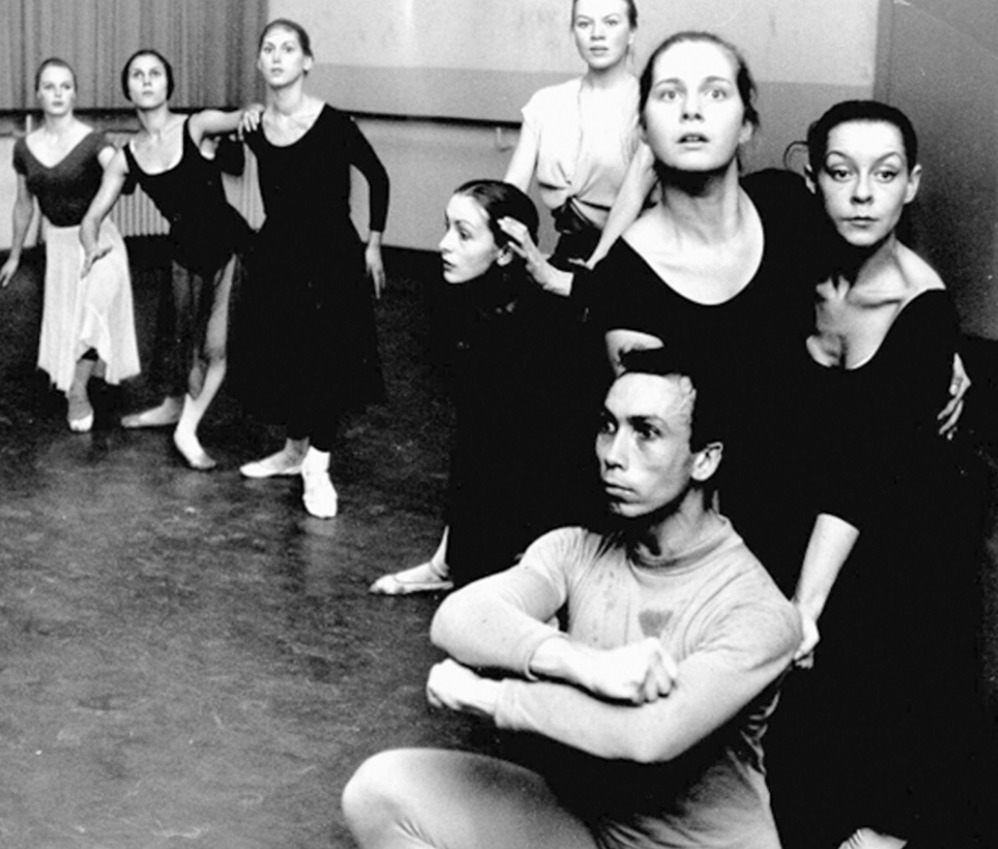
Not explicitly, but hidden, issues were already outlined then that are reformulated in this Reconstruction of a macabre dance, around the possibilities of preserving a scenographic performance over time and its traces, whether the dance archive is found to a greater or lesser extent in documents or bodies, or who decides which performances and actions must transcend and which ones aren't and why.
Olga de Soto's reflections go beyond, therefore, the implications of the choreographic: she is interested in oral and bodily memory and, as in this case, the possibilities of translating the stage into the exhibition space. That was the reason why, in 2000, he abandoned the practice of dance in a strict sense to undertake projects in which the body becomes a sound instrument and the physical space, a symbol of the mental space (the voice in position and the gesture, in perceptual vehicle). One of them is this one, here curated by Lola Hinojosa.
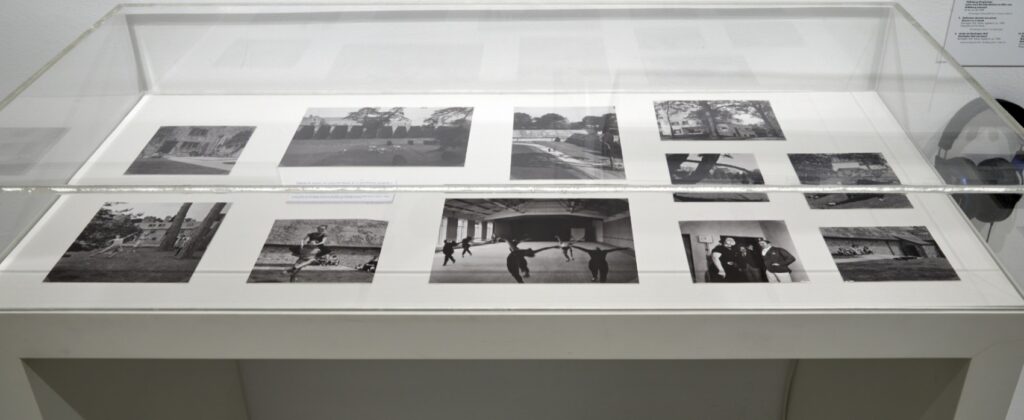
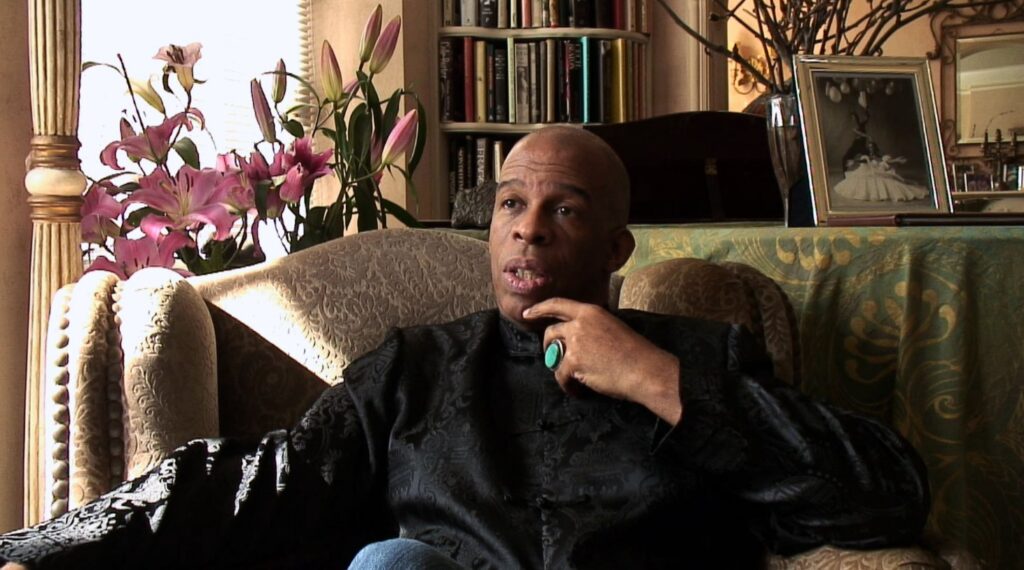
Olga de Soto. “Reconstruction of a macabre dance”
NATIONAL MUSEUM REINA SOFÍA ART CENTER. MNCARS
c/ Santa Isabel, 52
Madrid
From February 27 to July 1, 2024



